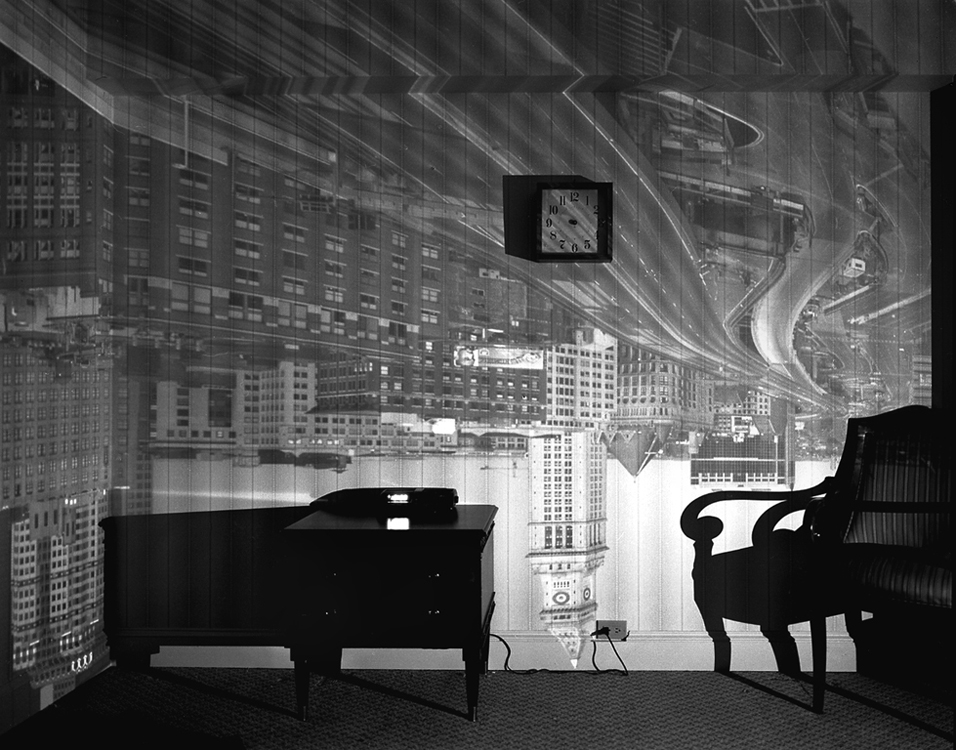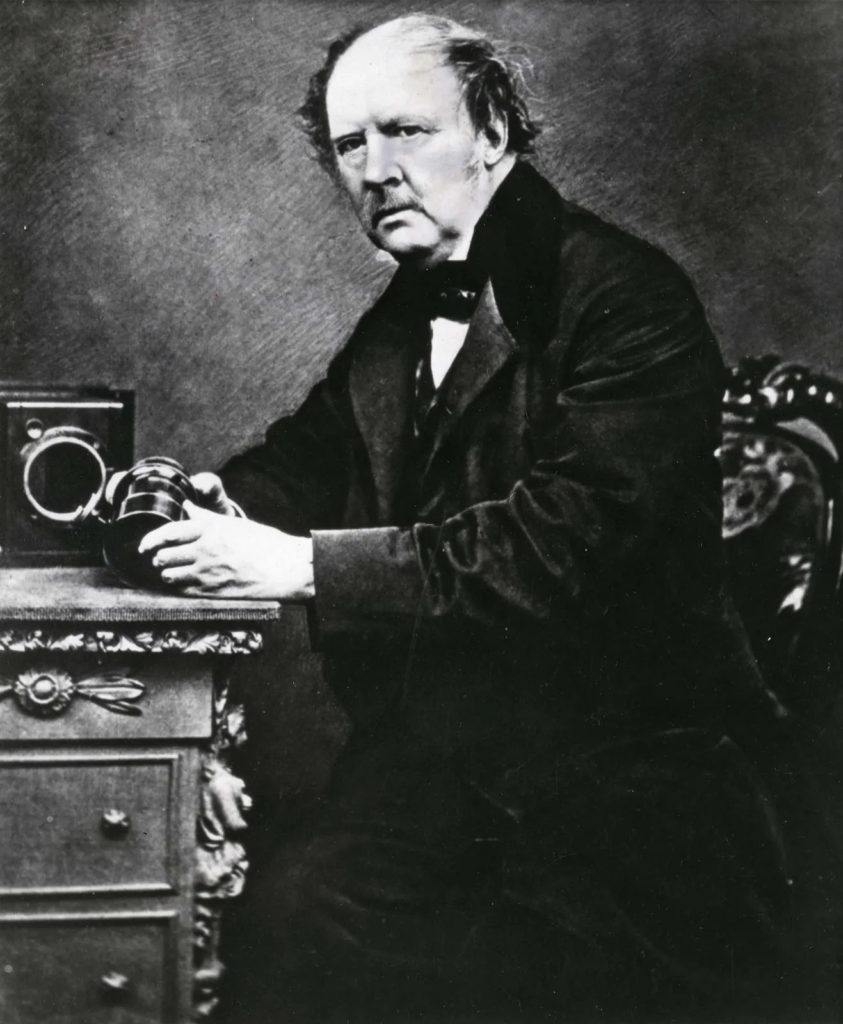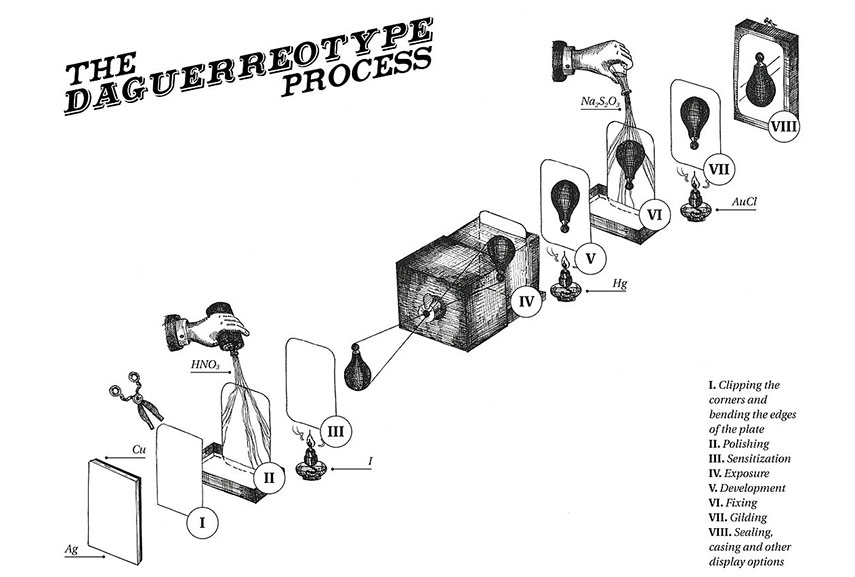camera obscura and pinhole photography
long before the introduction to photography the idea of it had already existed in the ancient world. this known because the evidence shows that the earliest use of camera obscura dates back to 4th century BC. the ideas traditionally came from places like china and the ancient Greeks. ideas of photography were raised by people such as Mozi a Chinese philosopher. How was camera obscura done? Camera obscura was achieved by setting up in a dark room with a little hole in one of its wall, then light is needed from the outside of the room (daylight from the sun) reflecting an image of the outside world on to the wall opposite the hole in the wall. This method has been used and refined developing it to become more modern in the present. most well known examples of camera obscura would be the following, Leonardo Da Vinci using the method to study proportions an perspective in art, and Athemius of Tralles a Greek mathematician who used camera obscura for his experiments.
photo example of camera obscura

modern day recreations

the first ever picture when was it and is it really the first ever image?
unlike most historic things no one is actually sure of when photography actually started or if we really have found the first ever photo. However its widely believed that the first ever photo was made in 1827, by Nicéphore Niépce.

calotypes and Daguerreotypes

(henry fox talbot)
in 1839, development of photography started with a two step process. Henry fox talbot’s process started by putting images through light an silver chloride coated on paper, this produces a “negative” this invention was seen as groundbreaking. By exposing a little bit of light, over a short period of time these images would turn darker creating what we would call a “negative image” due to it having a limited amount of light in the image. From this process you could then use these images as templates to then create clear images by using chemicals on these papers then you’d be able to numerously print them. This is what we know as Calotypes.

(henry fox talbot example)

Louis Daguerre
the second type, that takes inspiration from Nicéphore Niépce’s work using heliography, created by Louis Daguerre he used iodine-sensitized silver plate and mercury vapor. The method named after himself the “Daguerreotype” its process of making the image is quite unique. This method creates an image much different in comparison to Henry Fox Talbot as this process helps create a more 3D effect instead of a flat 2D image. despite the more unique image and method of creation the Henry Fox Talbots method would be superior as its was more simplistic making it the easier choice for everyone who wanted to make an image. however, his method would become more popular in the distant future due to the invention of the film camera.



Richard Maddox
Richard Maddox, suggested that sensitizing chemicals, calcium bromide and silver nitrate, would be be coated on a glass plate in gelatin. From this idea, Charles Bennett, made the first gelatin dry plates for the public to purchase, soon after the emulsion of these chemicals could then be placed onto celluloid roll film.
these gelatin plates helped create a revolution in photography. as they were commercially marketed as people bought them as if they were a necessity which helped create an even bigger interest for photography for people among the UK. it also saved time for photographers from having to sit in a dark room to create there images, instead images could have been stored away and developed whenever necessary. his work would also help with the construction of small cameras that could be held with your two hands.

(example of the work that helped create the said camera)
George Eastman
George Eastman was an America entrepreneur born in New York, and invented the first ever kodak camera (this lead to well known photographers such as Ansel Adams and Weegee to using this camera or later installments of it). However before he created the kodak camera he was already an expert in the field of photography as he had mastered the ability to make dry plate for photos. he manufactured these plates in London in factory and established a film company named “Eastman Dry Plate and Film”. This lead to him applying the dry plates process onto film therefore creating the Kodak to which he then made available for the public in 1888.

(this was a marketing poster for the camera when it was first created)
The Kodak Brownie- the camera that made photography accessible

out of all the installments of the kodak camera one of their most important creations was the kodak brownie, this is because it was a user friendly camera for people who weren’t exactly experts with a camera (similar to a camera on a phone) as it was as easy as pressing a button and it would create an image, it also a whole new market of people as photography was mainly for people of the upper class as it was pretty expensive to indulge in photography in its early days however this camera changed that and made it available to people of the middle class. In the 1900s the amount of people that had this camera sky rocketed on a mass scale.


digital photography

with film photography predominantly being used in the 20th century because of George Eastman’s invention it was bound to change with the tech development happening around the world. This lead to Steve Sasson’s invention of the first self contained digital camera for kodak. with this invention it became even more simple for people to use cameras which then obviously lead to modern day cameras being developed into what they are easy to use and accessible to anyone in the world.

(side by side comparison of film and digital camera)
after this a rapid growth in camera development happened from the 1970s up until the modern day

history of jersey photography
Thomas Sutton

Thomas Sutton is a well known photographer he was the first ever photographer to take a colored image by that isn’t the only reason he is well known Establishing a studio in St Brelade in 1848 here he worked alongside another photographer, Frenchman L.D. Blanquart-Evrard were they had a printing establishment. In 1850 this studio was advertised as “founded at the suggestion of, and patronized by, H R H Prince Albert” who was known to be a keen collector of photographs.

(first ever colored image)

Edgar,
A good blog post demonstrating thorough research and clear and concise paragraphs describing key developments within the origin of photography. Excellent use of images/ illustrations too.